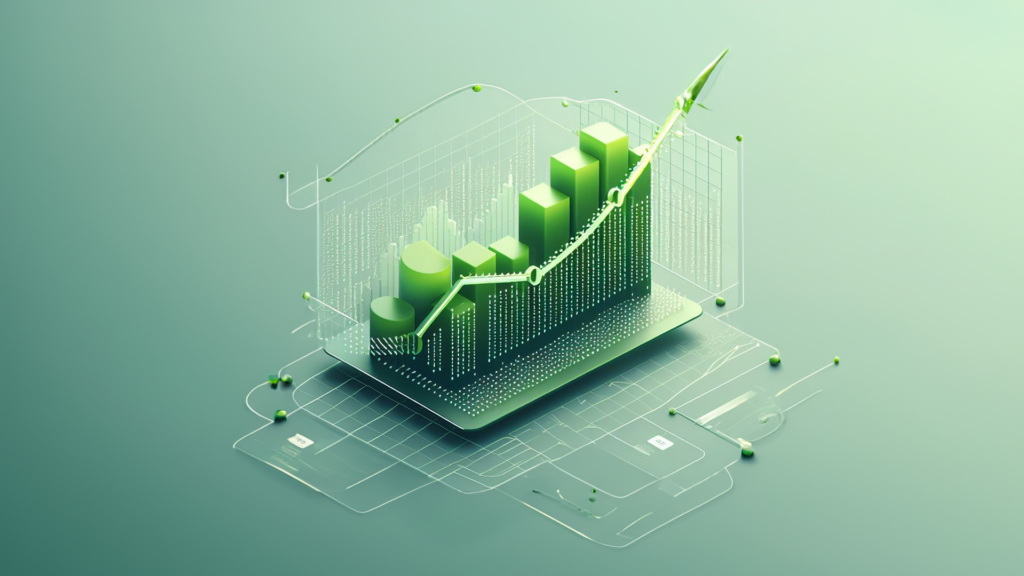
For years, the collections industry has struggled to earn respect. Many shy away from it because they don’t want to be seen as harassing others for a living. It’s often referred to as “the dark side” of lending, known for its disorganisation, lack of transparency, and high-stress environment. Despite its flaws, it plays a crucial role in enabling lending.
While every other team in a lending organisation such as loan origination, risk, finance, operations and so on are looked at as “value-add” teams. Collections are still looked at as a less favourable part of the business.
Well, technology is here to change this perception. As demand for credit is projected to grow 3x, being ready to handle that level of scale and addressing prevailing problems can only be solved with technology. Becoming tech-first to achieve collection outcomes while being compliant will be the way forward.
Now that we know technology’s potential, let’s explore three key technology trends that can shape the future of debt collections.
Automation is not merely a convenience but a strategic necessity in an industry where operational efficiency impacts the bottomline. Here’s how automation is set to transform debt collections:
Data forms the foundation of intelligence, but the real innovation lies in how we harness it to make a meaningful impact. Artificial intelligence will assist us in delving deep into borrower insights, improving decision-making, and optimising collections strategies for maximum effectiveness.
Compliance has been a long-standing concern in debt collections, given the intricate web of laws and regulations. Today, solutions are being designed with built-in compliance to prevent borrower harassment and frauds, thereby reducing the risk of expensive legal violations and diminished brand value. Understanding the bounds of the law to manage risks effectively is crucial for the industry’s reputation and success:
The question we’re all afraid to answer: Will we lose our jobs to AI?
Yes and No. AI will automate a lot of the things you do but it mostly will impact the chores that are repetitive in nature and require very less thinking. Multiple industry reports suggest that banking will be most impacted by this technological shift – it will free up to 54% of the time for the entire banking industry’s workforce across the world! That’s right, sounds scary right?
Let’s look at the bright side, this will free us up to work on things that truly matter – to solve larger challenges your team and the organisation face. What’s coming is inevitable, it will all come down to – how we leverage AI and automation to make our lives easier, infuse them into our processes, work side by side with AI and ultimately use it to achieve better and larger outcomes. “A second brain” definitely sounds like a gift indeed.
What lies ahead
While we spend time automating collection processes today, we must also prepare for the future. A necessity for leaders to pave the path ahead. Financial institutions that embrace these technological trends will achieve better collection outcomes while improving the overall experience for both creditors and debtors.
We’ll soon do a deep-dive into what DPDzero is building to enable the lending growth curve. If that sounds interesting, follow us on LinkedIn to stay tuned.